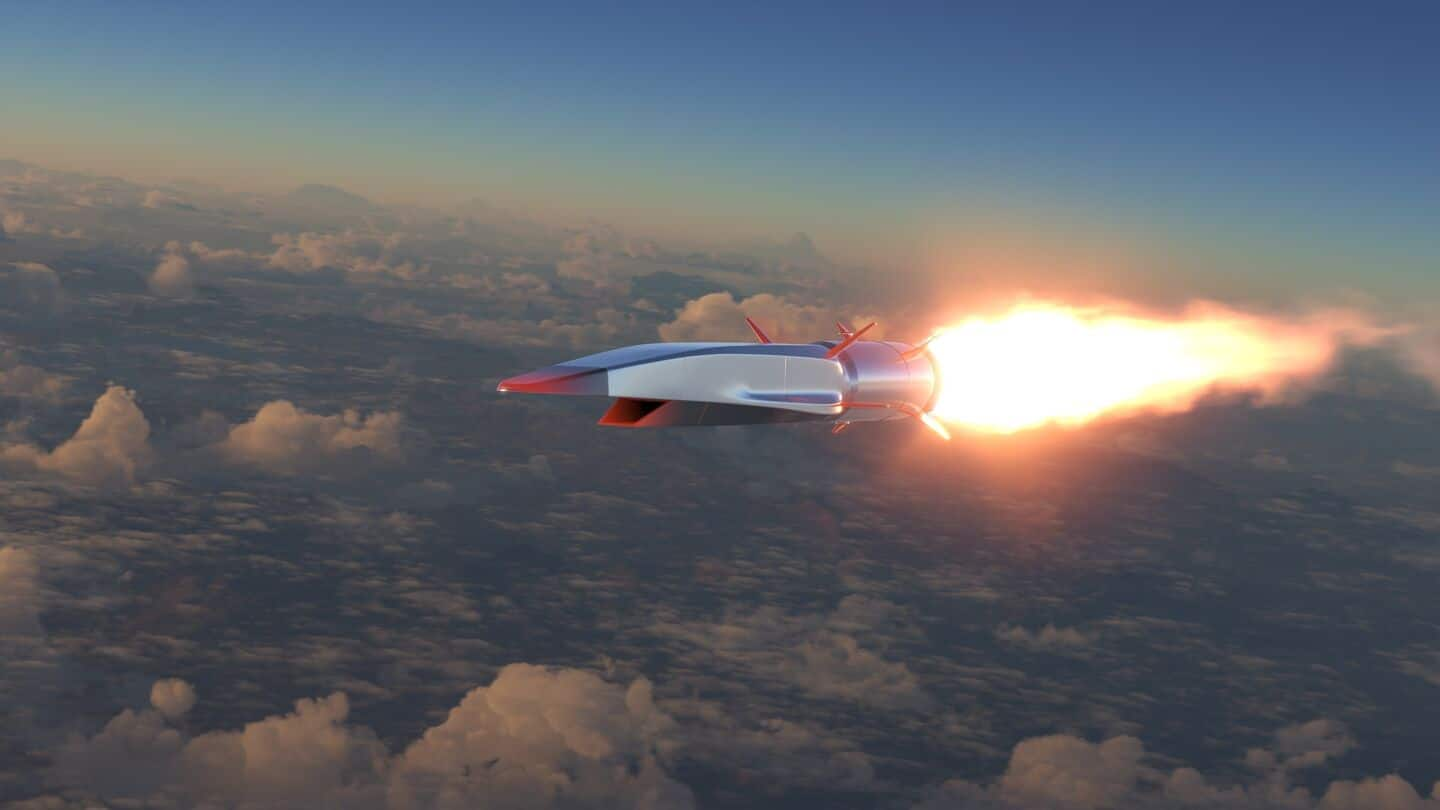
This heat shield can withstand temperatures as high as 3,600°C
What's the story
Chinese scientists have developed a revolutionary carbide ceramic material that can withstand temperatures as high as 3,600 degree Celsius in an oxidizing environment. The new material breaks the current thermal limits on hypersonic flight and could be utilized in aerospace, energy, and other fields requiring extreme high-temperature resistance. Modern hypersonic aircraft and advanced engines need materials that can withstand extreme thermal conditions without losing their structural integrity.
Limitations
Temperature limits of materials used in hypersonic flight
Most materials fail well below 3,000 degree Celsius, making them unsuitable for hypersonic flight. For example, the heat shield tiles of SpaceX's Starship can withstand temperatures up to around 1,371 degree Celsius. Metal alloys usually start degrading above 2,000 degree Celsius. Carbon-carbon composites can withstand up to 3,000 degree Celsius in inert environments but start oxidizing rapidly in air at just 370 degree Celsius. This leads to a drastic reduction in mechanical performance.
Achievement
Breakthrough material developed by Chinese researchers
The new carbide ceramic material was developed by a team of Chinese scientists led by Chu Yanhui, a professor at South China University of Technology. "Our team has - for the first time globally - surpassed this long-standing limit through high-entropy, multi-component design," said Chu. This innovative approach has enabled the creation of a material that can withstand extreme temperatures and oxidizing environments, something that was previously thought impossible.
Applications
Where can it be used?
The carbide ceramic material can either be made into blocks or painted as a coating. It might find applications in areas like aerospace components, semiconductor lithography, weapons protection systems, and shielding components from plasma radiation. The research team behind the material is now working with industry partners to set up manufacturing lines and also exploring possible civilian applications.